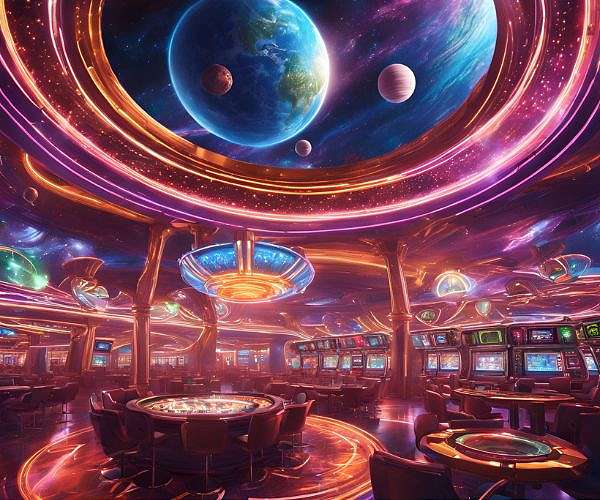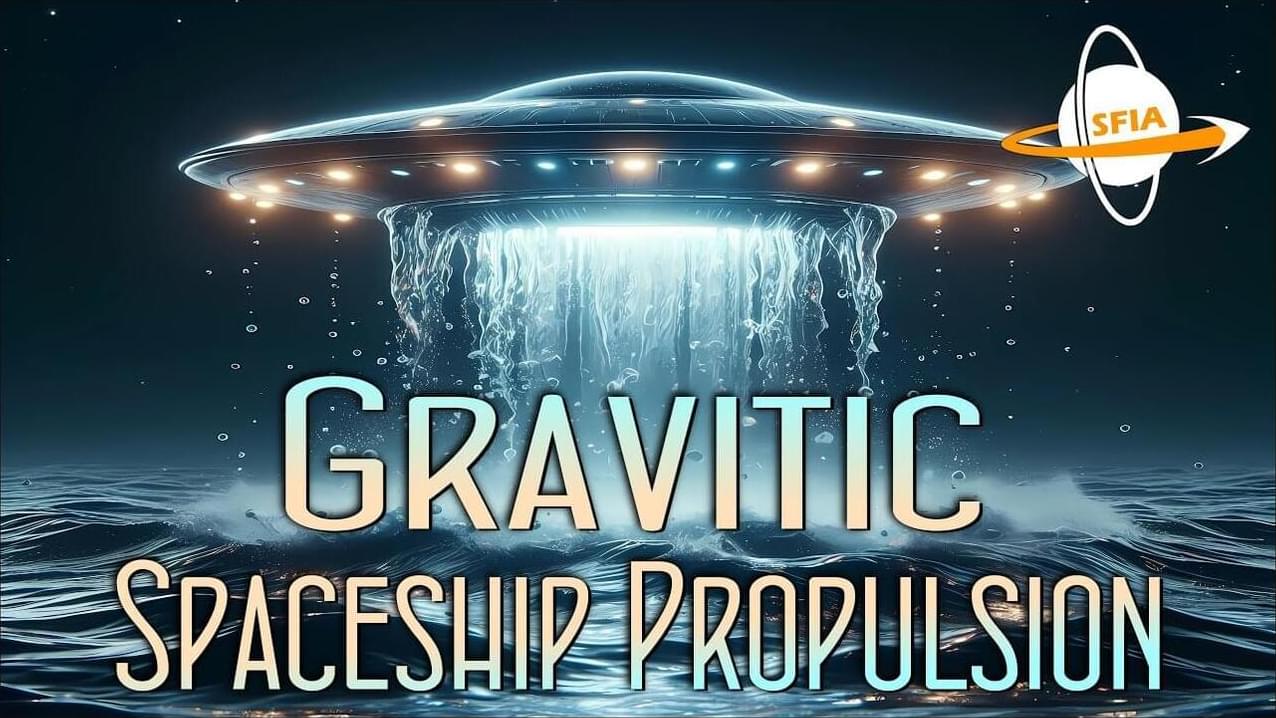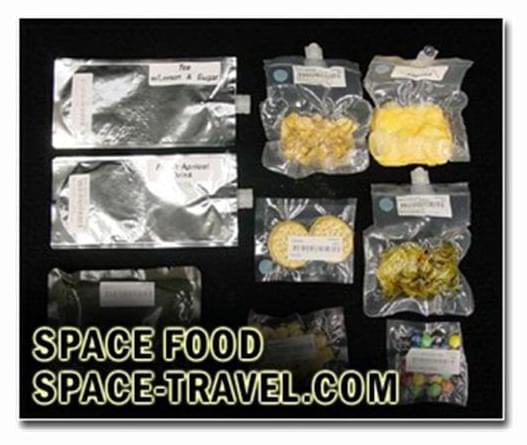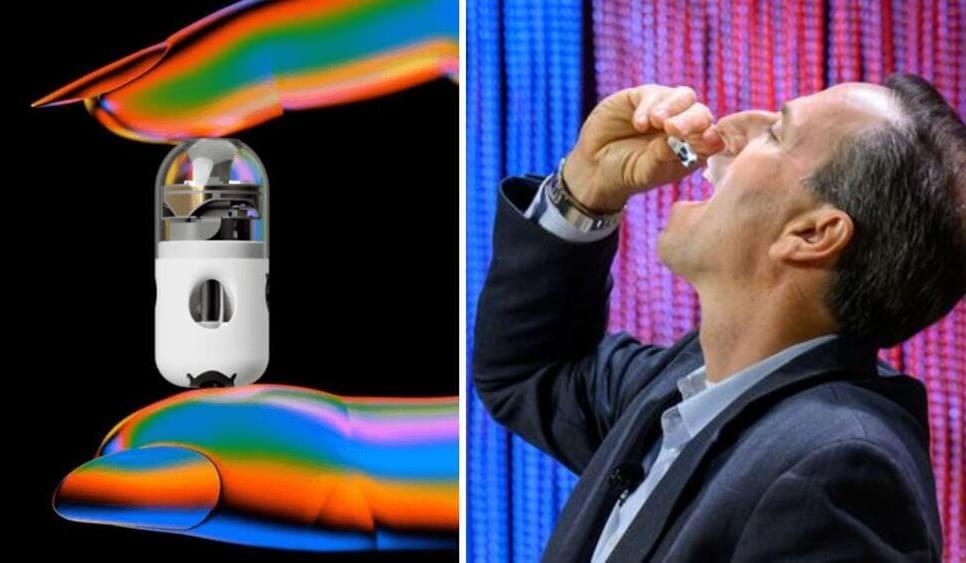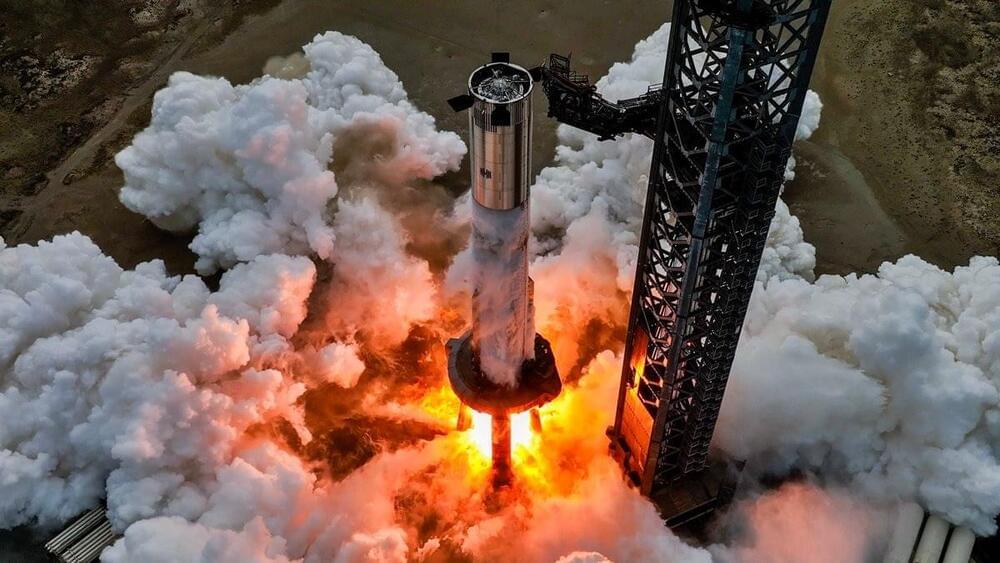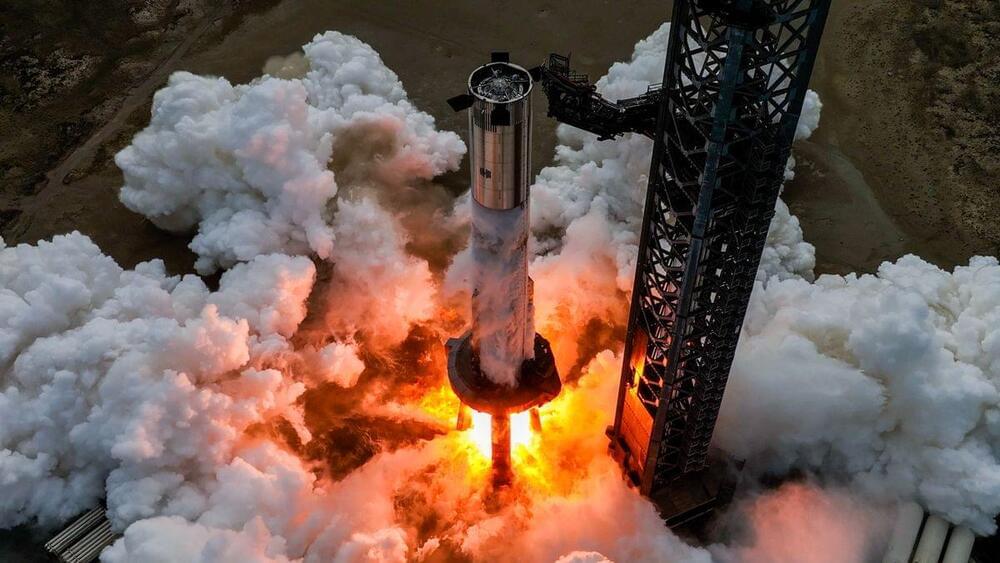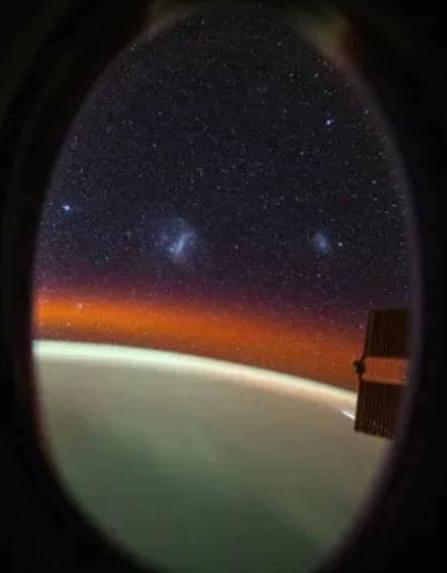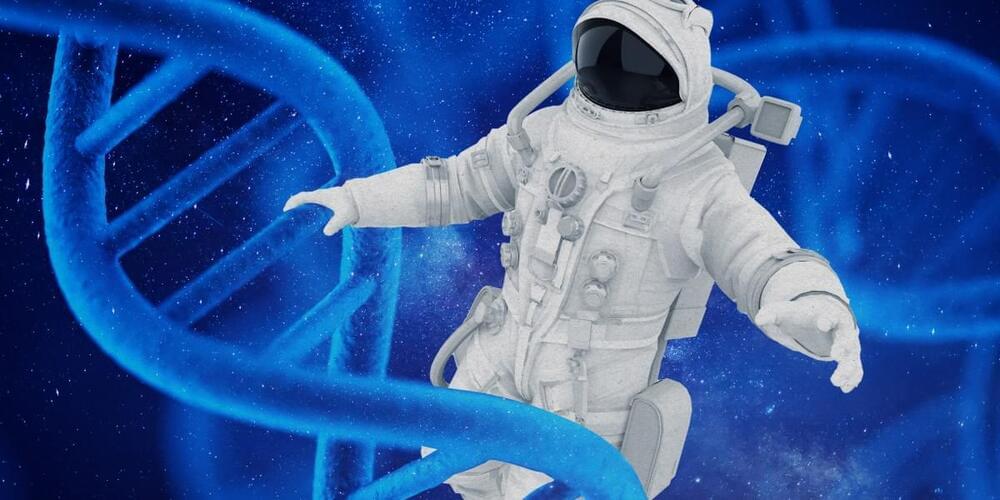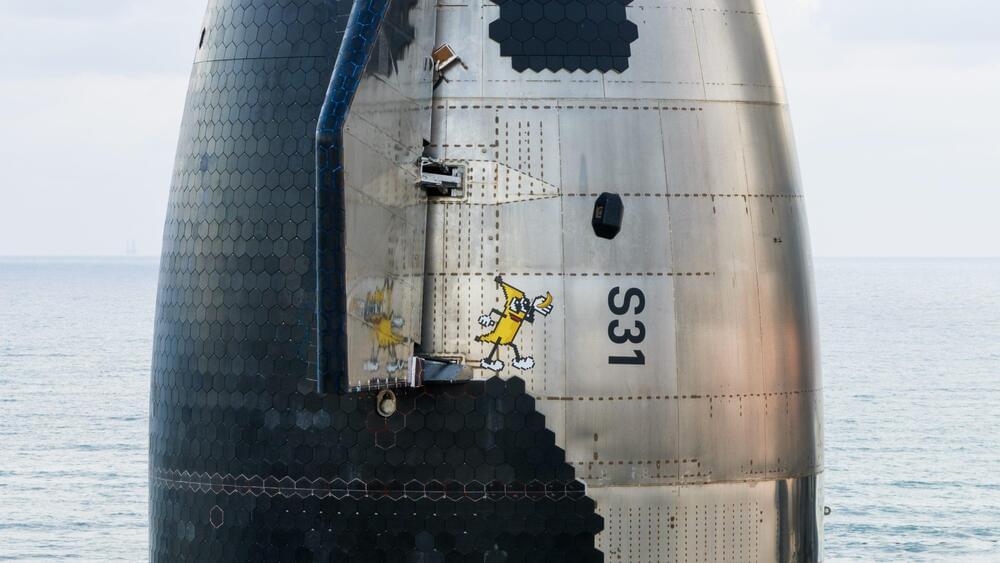Conquering space is among the main challenges humanity now has — and the huge number of discoveries made in recent decades suggests that nothing is impossible. Tourism beyond Earth is already gaining popularity, and this sector will evolve soon. However, simply enjoying the space views may become boring shortly, and travellers will search for alternative entertainment options. It’s now pretty early to ask whether people will be able to build a land-based casino on the Moon, but some experiences may become available in the near future. The iGaming sector is rapidly evolving, leaving offline settings behind. We can predict that space gambling will begin from top-rated slot games not on GamStop, which are widely accessible globally. Casino platforms have a vast growth potential nowadays, so what would prevent people from using them when enjoying space tourism?
The first bet beyond the Earth has already been placed — this significant event happened in 2021 when Jared Isaacman, the Inspiration 4x commander, wagered on the NFL. Although it may take a while for such betting experiences to become more widespread, the beginning has already been made.
